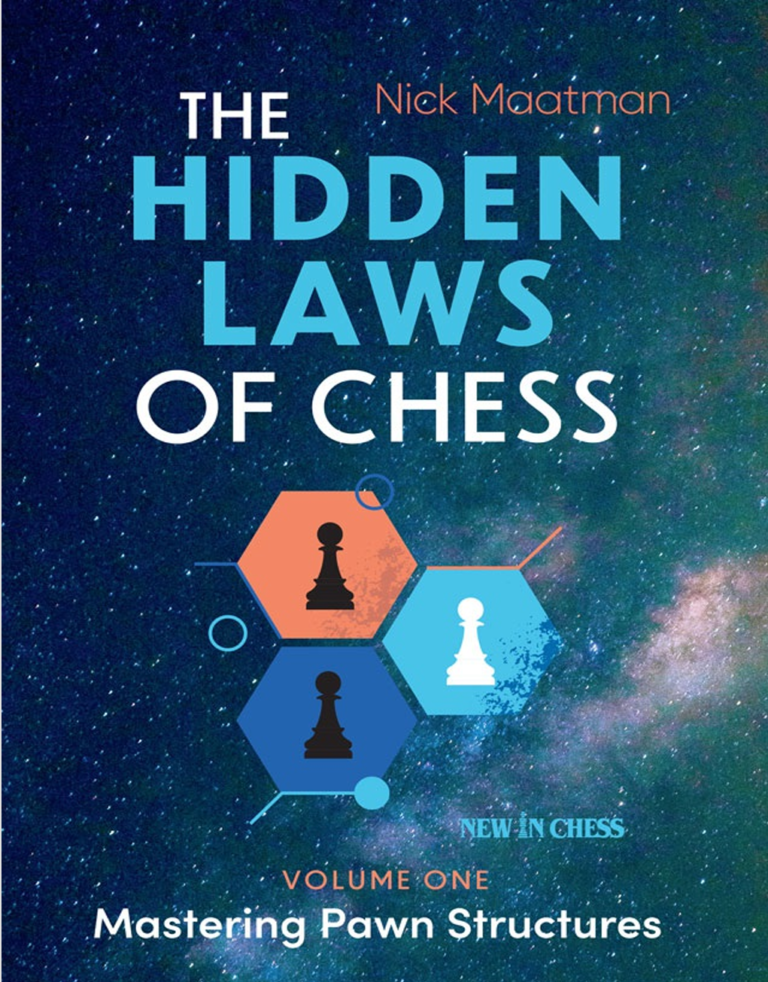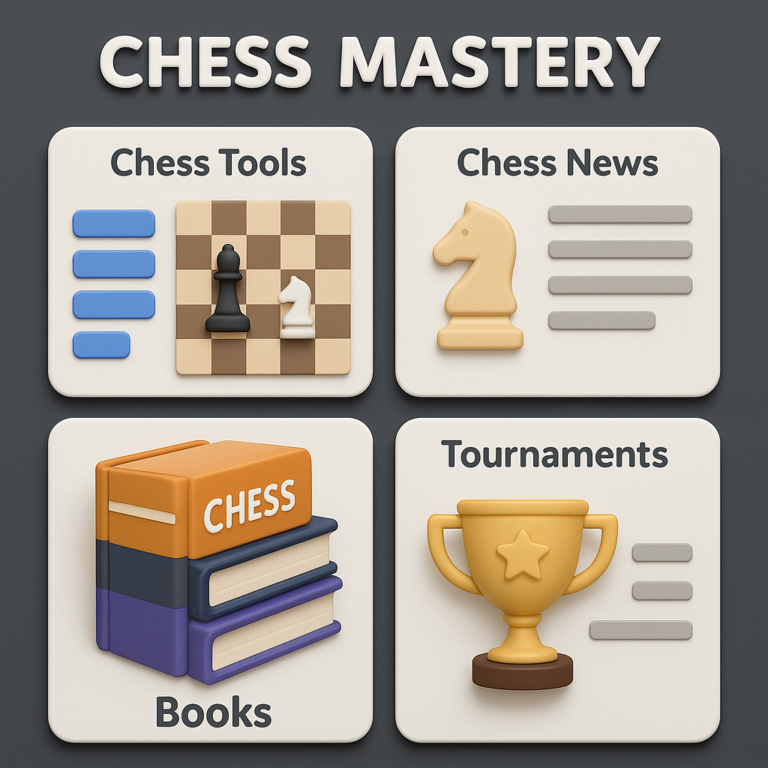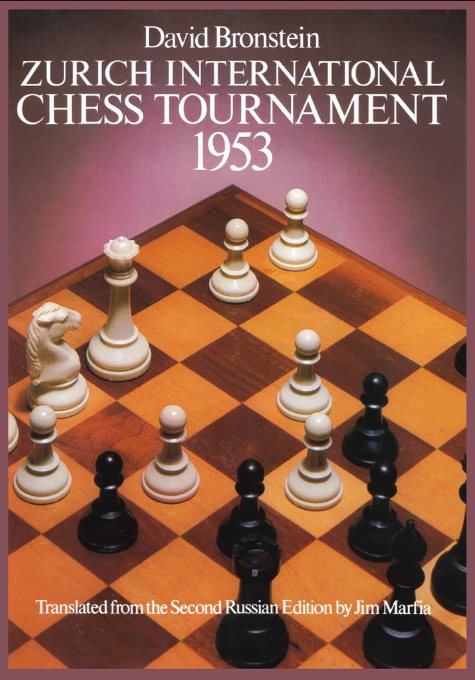
Review of How to Say No Without Feeling Guilty by Patti Breitman and Connie Hatch
“The more you say yes to things you don’t want to do, the more you say no to the things that matter to you.”
Hook
Do you ever find yourself nodding in agreement to yet another request, only to feel a sinking sense of regret moments later? Patti Breitman and Connie Hatch’s How to Say No Without Feeling Guilty is a modern manual on taking back your time, energy, and priorities without the emotional weight of guilt that often accompanies the simple word “no.” It’s a guide to freeing yourself from unnecessary obligations by learning a skill that many struggle with daily.
Overview
This book provides a range of strategies designed to help readers say “no” effectively while still preserving relationships and self-respect. Its core message is that by establishing clear boundaries, you can achieve a more balanced life, ultimately saying “yes” to what truly matters to you. Breitman and Hatch’s step-by-step approach offers insights on how to manage requests at work, handle family obligations, and navigate social engagements—all with grace, tact, and assertiveness.
Key Elements
Themes and Ideas
Breitman and Hatch emphasize the necessity of putting yourself first without feeling selfish, asserting that self-care enables you to be more genuinely generous when you do choose to help others. Chapters cover practical scenarios: declining invitations, setting limits with family, managing persistent requests, and handling “mooching” friends. The authors challenge societal pressures—especially on women—to always accommodate others, highlighting how unassertive choices erode personal satisfaction and well-being.
Research and Evidence
Drawing from psychological principles of assertiveness and boundary-setting, How to Say No Without Feeling Guilty is filled with advice grounded in real-life examples, though it leans more on experiential than research-based evidence. The anecdotes provide relatable context, especially for those who find assertiveness challenging, showing how saying “no” can, in many cases, actually strengthen relationships by building honest communication.
Writing Style
The writing style is straightforward, accessible, and often humorous. With their conversational tone, the authors create a relatable experience that is both reassuring and motivating. The structure is logical and easy to follow, with each chapter dedicated to specific scenarios, such as work, family, and friendships, which provides clear, actionable advice.
Strengths
The book’s primary strength lies in its practical and adaptable strategies. The authors present “scripts” for different situations, which is particularly helpful for those who might feel unsure about finding the right words. Tips like “The Policy” (a tactic where you explain you have a set rule against certain types of requests) and “Buying Time” (stalling to allow for a more thoughtful response) offer immediate tools for readers to experiment with. This blend of empowerment and empathy makes it a valuable resource for anyone looking to improve their assertiveness.
Areas for Improvement
While the book provides strong techniques for various contexts, some readers may find the tips repetitive over time. Additionally, readers looking for deeper psychological insights might feel that the book relies a bit too much on anecdotal wisdom rather than research-based strategies. A deeper dive into the long-term benefits of setting boundaries—especially psychological and relational benefits—would have added an extra layer of depth.
Personal Impact
Reading How to Say No Without Feeling Guilty prompts a reevaluation of one’s own “yeses” and “nos,” challenging readers to consider how much time they’re actually spending on meaningful activities. Personally, the book’s message of “saying no in order to say yes to what matters” is refreshing and eye-opening. It’s empowering to recognize that a life filled with meaningful “yeses” often requires the courage to say “no” where it counts.
Recommendation
I’d recommend this book to anyone who struggles with setting boundaries—especially people-pleasers or those who feel perpetually overscheduled. It’s also ideal for readers seeking a practical, confidence-boosting approach to managing demands in their personal and professional lives. How to Say No Without Feeling Guilty is a toolkit for reclaiming time and peace, and its advice is both immediately applicable and adaptable over time.
Rating: ⭐⭐⭐⭐








Thank you for your sharing. I am worried that I lack creative ideas. It is your article that makes me full of hope. Thank you. But, I have a question, can you help me?